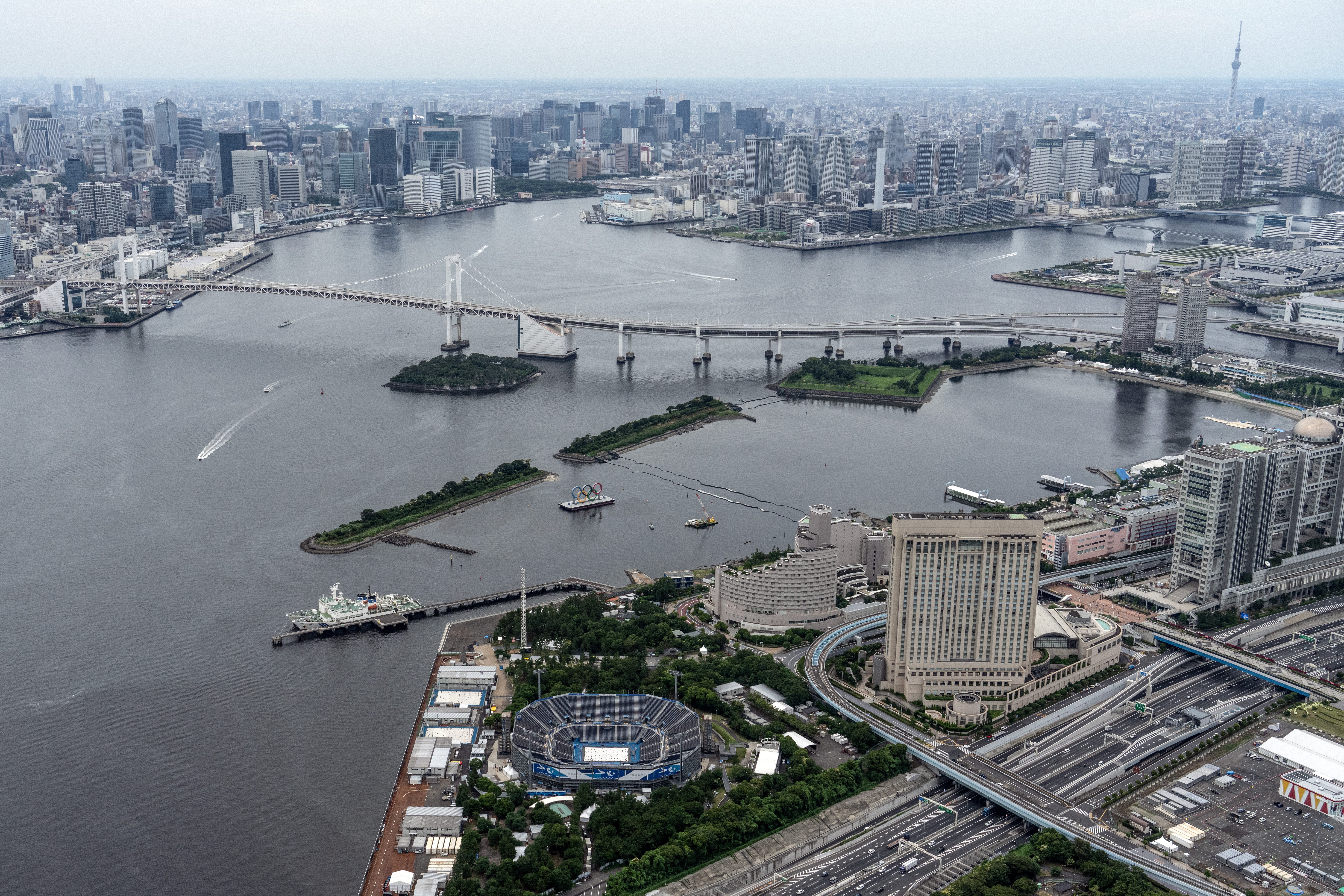Tokyo’s outdoor swimming venue stinks days ahead of Olympics, says report
Authorities have taken a series of steps to clean up Tokyo Bay

The quality of water at Tokyo Bay, the venue for the Olympic triathlon and swimming marathon, has been called into question with reports emerging that the water stinks despite months of cleaning efforts.
The levels of bacteria in the water remains a cause of concern for the swimmers participating in the Olympics that is set to begin in less than two weeks’ time.
This comes even as the host city has taken a series of drastic measures to clean the Tokyo Bay after a test event of paratriathlon was cancelled in 2019 due to high E coli levels, reported Bloomberg.
The presence of E coli and other coliform bacteria in the water is a strong indication of recent sewage or animal waste contamination,” according to the US Environmental Protection Agency.
According to the Bloomberg report, authorities have dumped 22,200 cubic meters of sand into the bay to create a conducive environment for the organisms that help in cleaning the water. The authorities have also installed a three-layer polyester screen as defensive fortification against the E coli bacteria.
The venue also has a huge storage tank to catch runoff water, so that it could be treated before being released into the sea.
Despite all these measures, the water still emits a pungent smell as scientists argue that the steps taken are insufficient.
This in part has been blamed on the design of the drainage system in the city. In 1908, Tokyo began installing combined sewerage systems for rainwater and sewage to get rid of the surface runoff. This means that the wastewater and sewage from 30 million residents that joins the seven rivers have to be treated before they enter the bay.
The water is treated in the Shibaura treatment plant that was built in 1931 when Tokyo’s population was half the current size. And therefore, at the time of extreme weather conditions such as typhoons or excessive rainfall, the treatment plant is overwhelmed and as a result, untreated sewerage is flushed directly into the bay.
Join our commenting forum
Join thought-provoking conversations, follow other Independent readers and see their replies
Comments